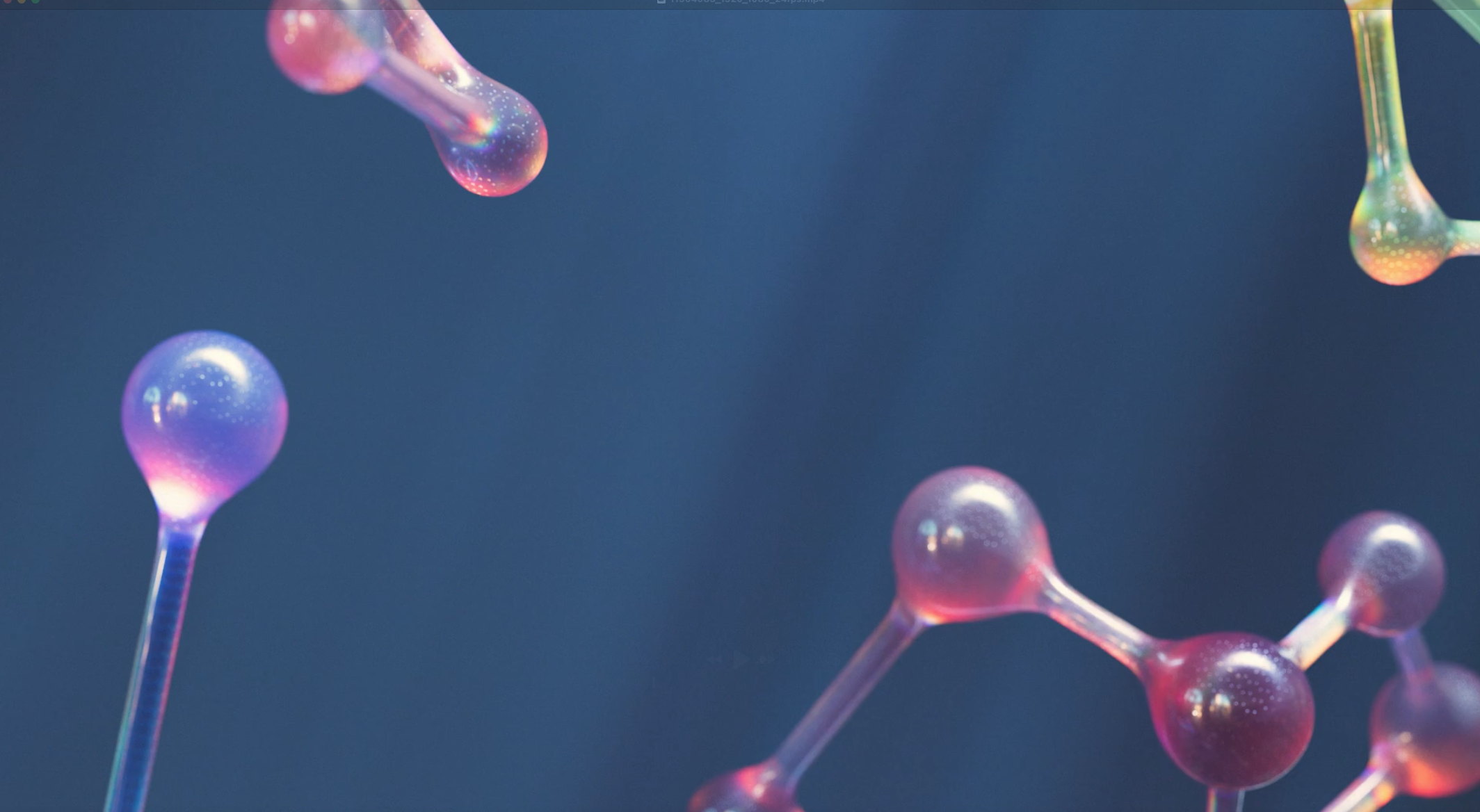
Proteomics
In the language of cells, proteins are the verbs, the molecules that do stuff, from responding to changes in the environment, battling infections, to activating or suppressing genes.
Proteomics is a technology that allows us to discover, identify and quantify all the proteins in a biological sample, from whole organs to a few cells.
In our lab, we use proteomics to study protein dynamics in a wide range of contexts, as well as develop new tools to study the dynamics of protein complexes, groups of proteins that come together to orchestrate cellular activity.
An example of the advanced liquid chromatography-mass spectrometry (LC-MS) technology we use for proteomics analysis. Here, a sample of multiple peptides is injected into the device, which is able to separate them individually by a number of physical properties. Subsequently the device fragments the peptides, allowing us to deduce the amino acid sequence of every peptide (and thereby nearly every protein) in the sample. (Source: ThermoFisherScientific)
Studying biomolecular interactions in-vivo
Traditional approaches to deciphering protein complexes have involved studying complexes outside their native biological environment. By contrast, we are using and developing tools to study protein complexes in their native biological environment within plant cells, permitting greater accuracy.
This approach relies on a proteomics tool called proximity labelling, where a single protein of interest is tagged with an enzyme that “labels” all proximal proteins with a covalently attached biotin molecule. This serves as a molecular recorder, recording all proteins that interact with our protein of interest and allowing us to identify them using high-throughput proteomics.
Our vision is to create a proteomics-enabled gene discovery pipeline, a novel and rapid approach to discovering new genes in plants compared to the traditional approach of QTL-mapping and forward genetics.
Illustration of the principle behind the proximity labelling approach to discover new protein interactors. Proteins labelled with biotin can be easily separated from other proteins and subjected to mass-spec analysis to identify and quantify their identity.
Ongoing Proteomics Projects
Studying protein-protein-DNA interactions in the plant circadian clock
The plant circadian clock is a network of transcription factors and we are trying to understand when and how these transcription factors work together to allow plants to track the time of day and changing seasons.
Discovering new proteins interacting with plant viruses
Viruses invade host cells and hijack their molecular machinery to replicate. We are using proteomics to understand how this process works and use it to discover new genes for virus-resistance in plants.

